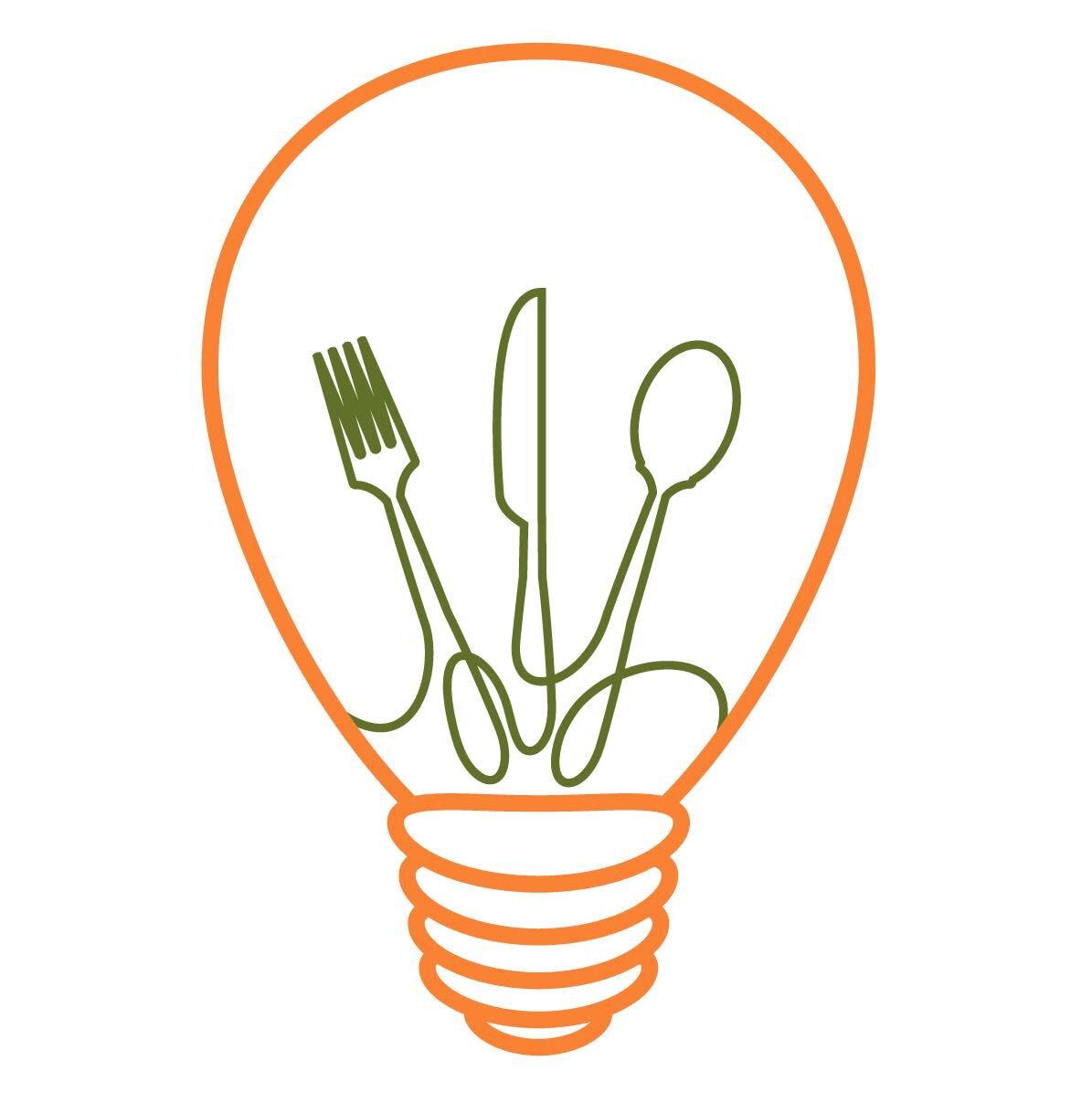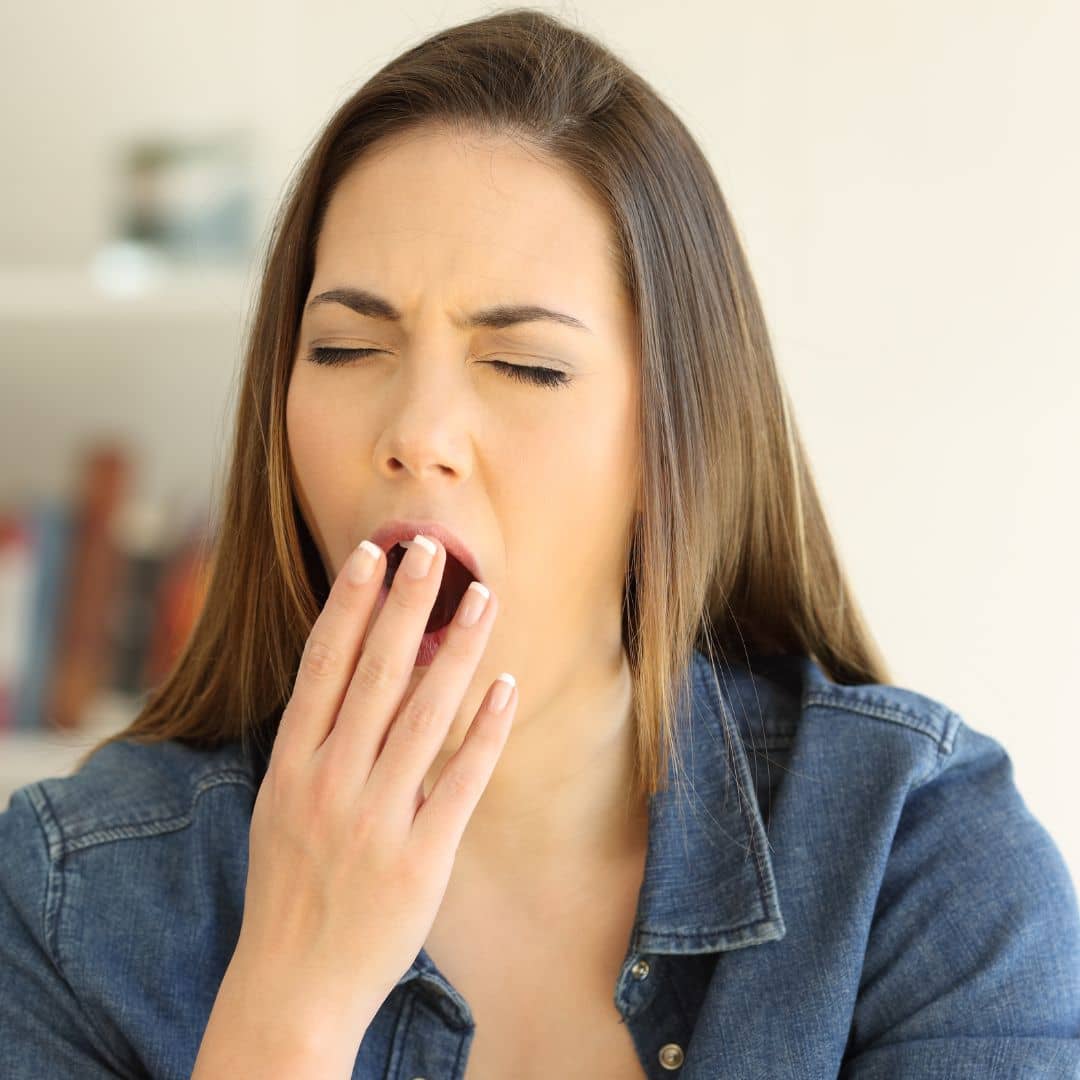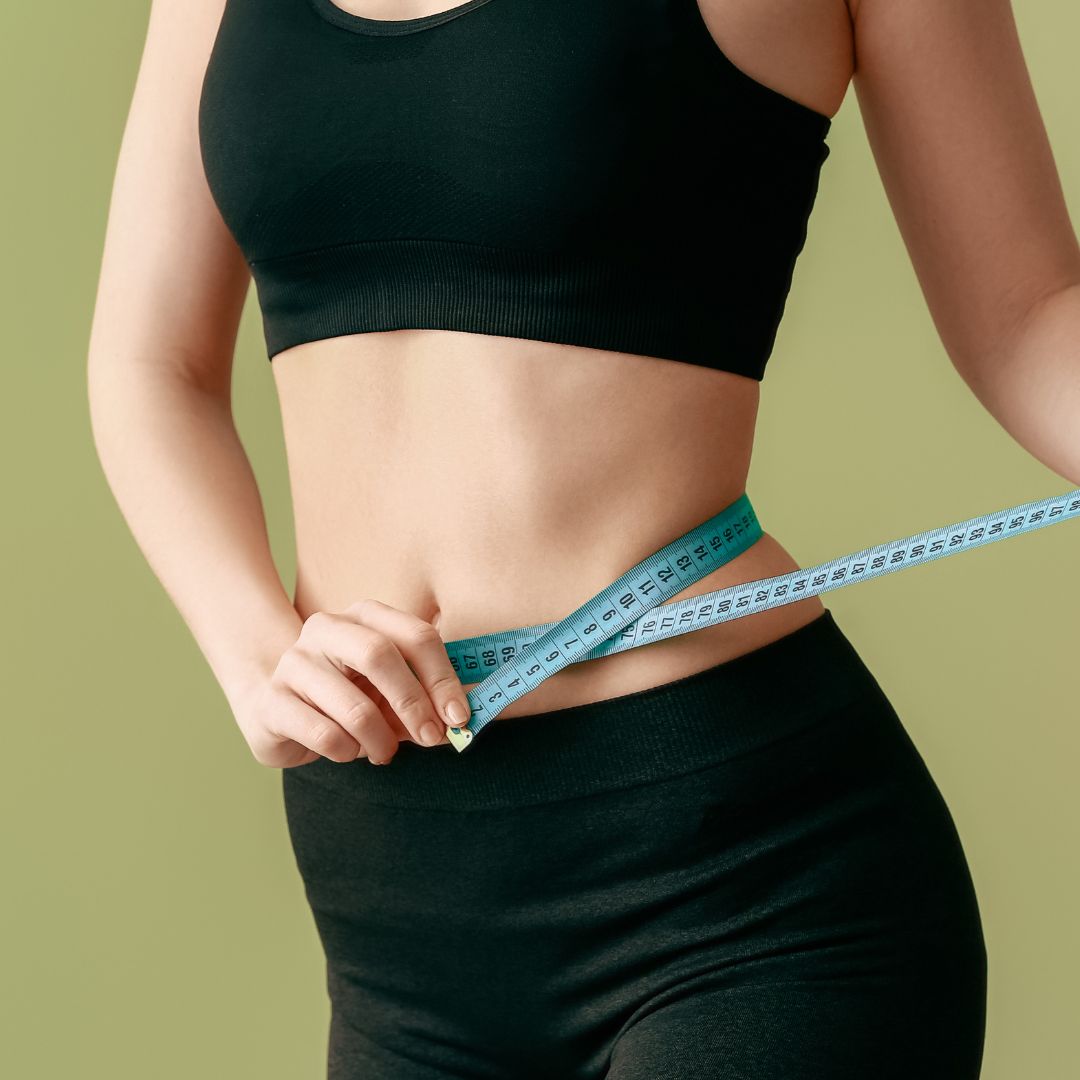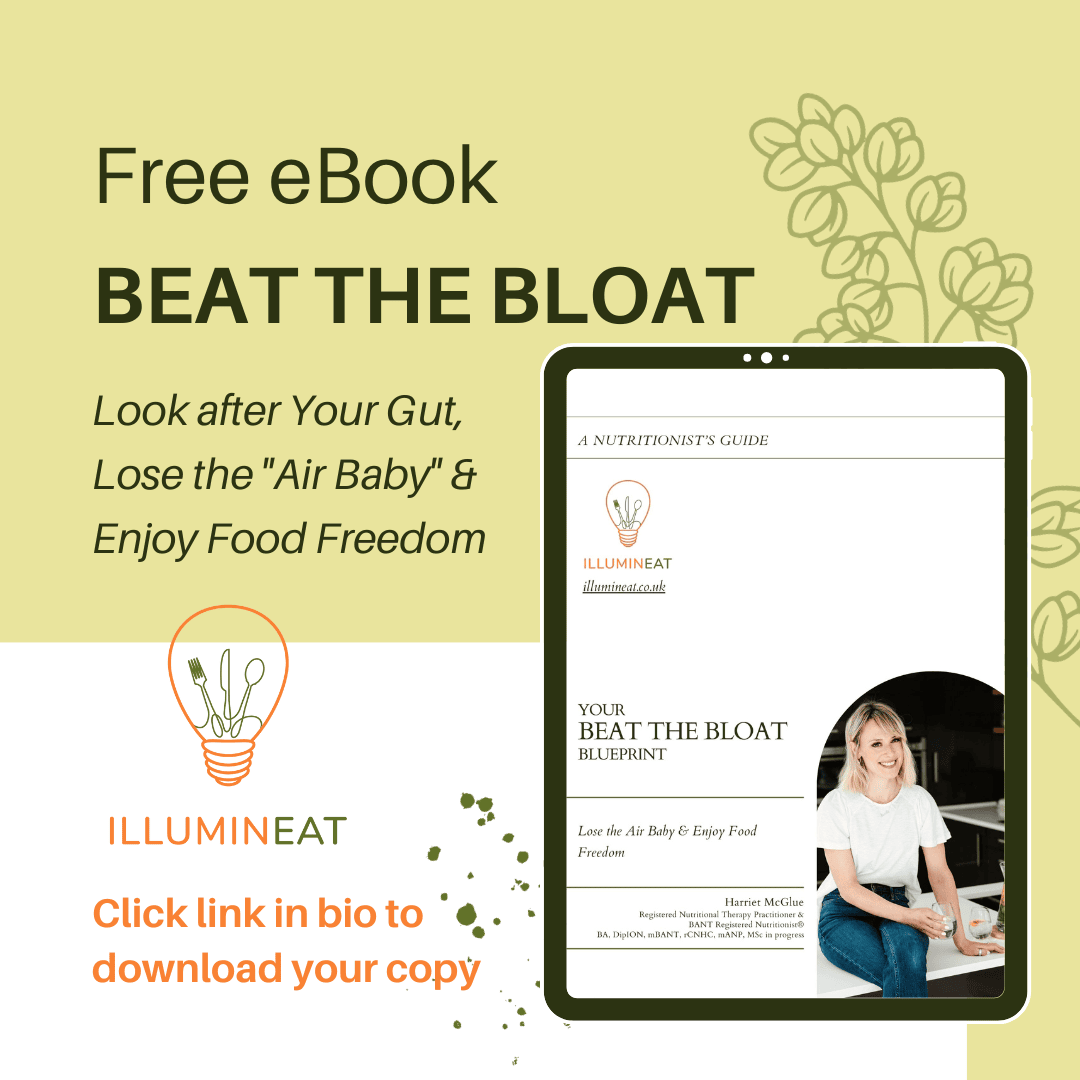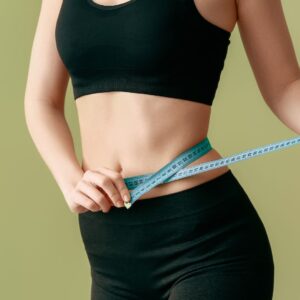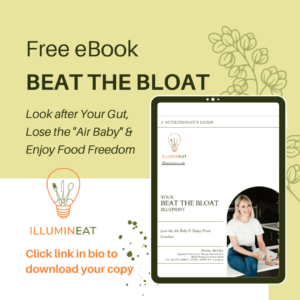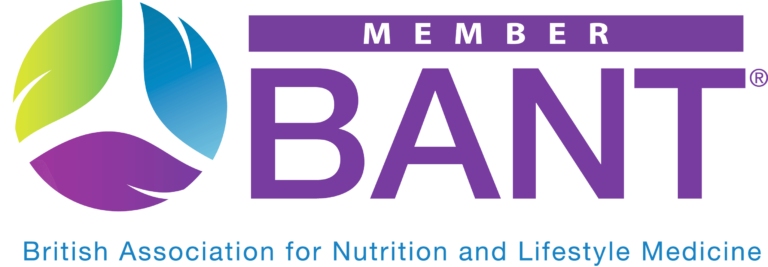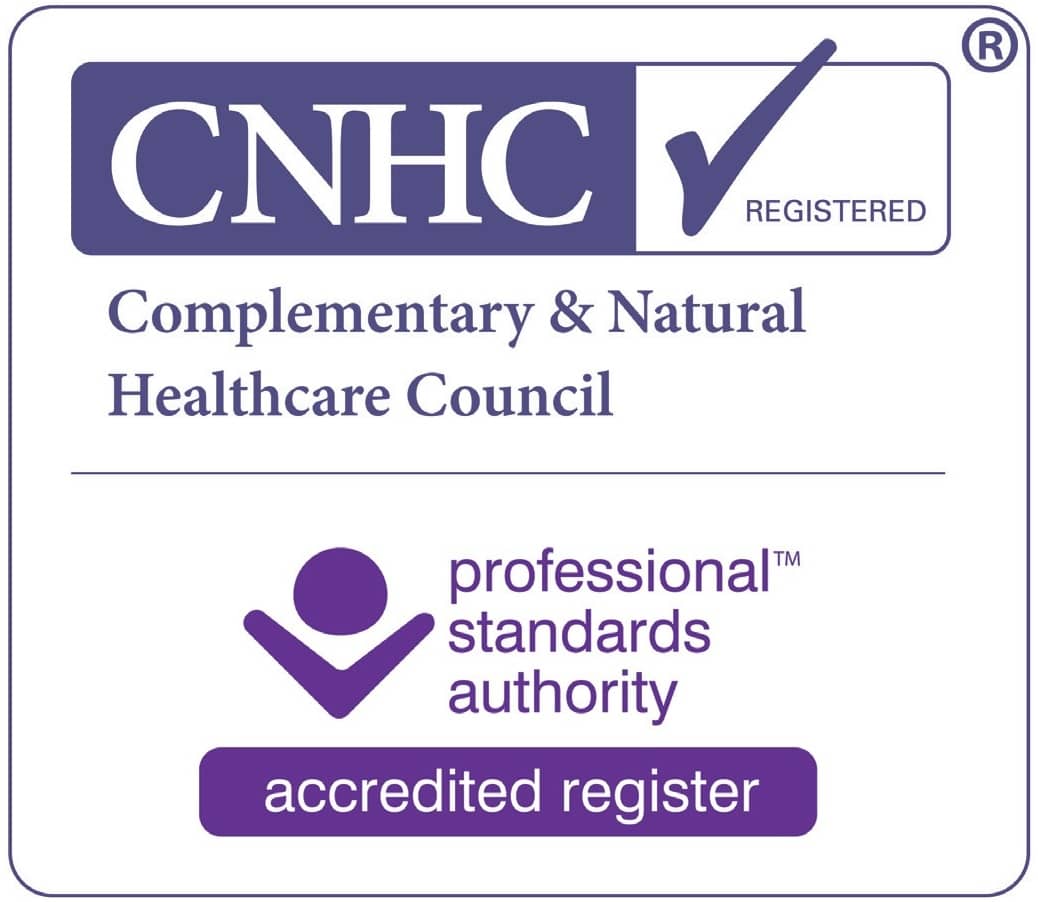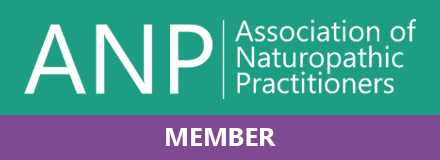Fish and seafood are hands down the best sources of essential omega-3 fats around (grass fed meat is another). They’re the ONLY sources of two of these omega-3 fatty acids in particular: EPA and DHA. We call these essential because our bodies can’t produce them so we have to get them from our diet.
Some plant foods e.g. flaxseeds, chia seeds & walnuts, contain another type of fatty acid – ALA – which our bodies can convert to EPA and DHA. The problem is the super low rate of conversion from ALA to EPA/DHA (we probably only access around 10-15% of it). Fascinatingly, our sex and our genes can determine how efficiently we convert.
Omega 3-s are vital for our brain (and, pregnant ladies, the brain of a developing baby!), neurological and heart health. Eating salmon or other oily fish twice/week can reduce our risk of cardiac risk factors like high blood pressure, high triglycerides, arrhythmia and the likelihood of experiencing or dying from coronary events (heart attack or stroke). The EPA and DHA content is a big part of the reason eating fish can reduce our risk of autoimmune diseases, type 2 diabetes, depression and inflammation.
Omega-3s are potently anti-inflammatory. Modern diets are full of inflammatory omega-6 fats. These are also essential in fact, but should be balanced with enough omega-3s. An optimal ratio might be in the region of 1:1-4:1, yet most of us today consume around 15 times the amount of omega 6 to omega 3! This is largely because of the abundance of processed foods containing refined grains and seed oils. This imbalance can promote chronic inflammation, at the root of many chronic physical and mental health problems.
Sadly unsustainable overfishing means the food supply now relies heavily on factory farmed fish, which brings with it a host of problems from widespread use of antibiotics to treat infections due to overcrowding, to fish fed unnatural diets of corn, soy and vegetable oils. Because of what farmed fish eat, their fatty acid profile can be very different to wild fish, heavily skewed in the direction of pro-inflammatory omega-6 fatty acids. They may also contain more persistent organic pollutants including PCBs and dioxins (e.g. from pesticide use).
Even if we choose wild fish – which is harder to come buy and more expensive – the pollution of our oceans and rivers with heavy metals e.g. mercury and microplastics etc. means we ultimately consume those nasties too. Besides, if everyone diligently followed advice to eat 2 portions of fish a week, our oceans couldn’t sustain it.
All this means it can be a hell of a challenge to know what fish are in fact healthy. So, how do we get those lovely omega-3s while minimising our exposure to toxins and being as sustainable as possible? Here are my 4 TOP TIPS:
- Small fish are safest & more sustainable. I remember them with the mnemonic SMASH: (wild) salmon mackerel anchovy sardine & herring. Mussels, clams and oysters are good too. Lower down the food chain means they accumulate fewer toxins. Conversely, tuna (especially albacore), swordfish and marlin are best avoided.
- For most of us, the fish we eat most often is probably salmon. Choose wild salmon if you can, or if not, organic.
- Look for the MSC certified sustainable logo or the RSPCA Assured label (in the UK) on any fish you buy.
- If you don’t eat fish 2-3 times a week, supplementing with 1-2g of a good quality, purified fish oil is sensible. I like Pure Encapsulations or Eskimo. This can be especially important for pregnant women nervous about eating enough of the right fish because of toxin levels. Krill oil is an alternative. For vegans and vegetarians, an algae-based EPA and DHA supplement is important.
